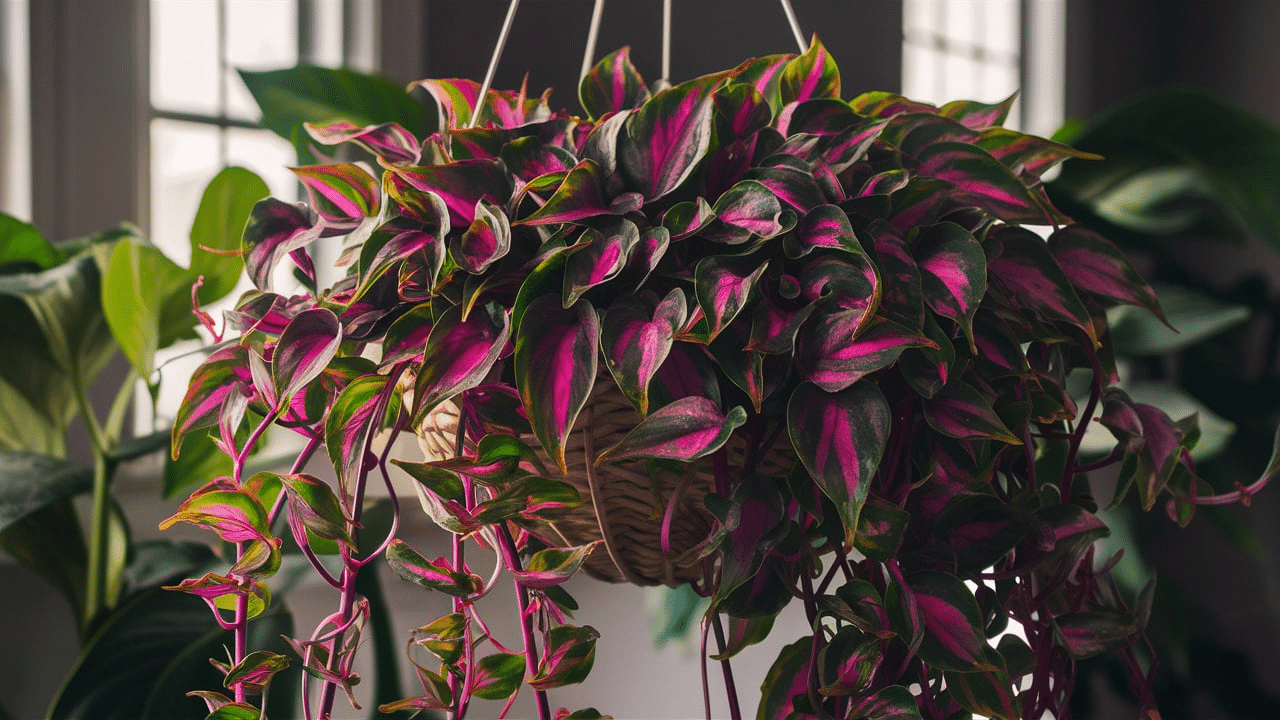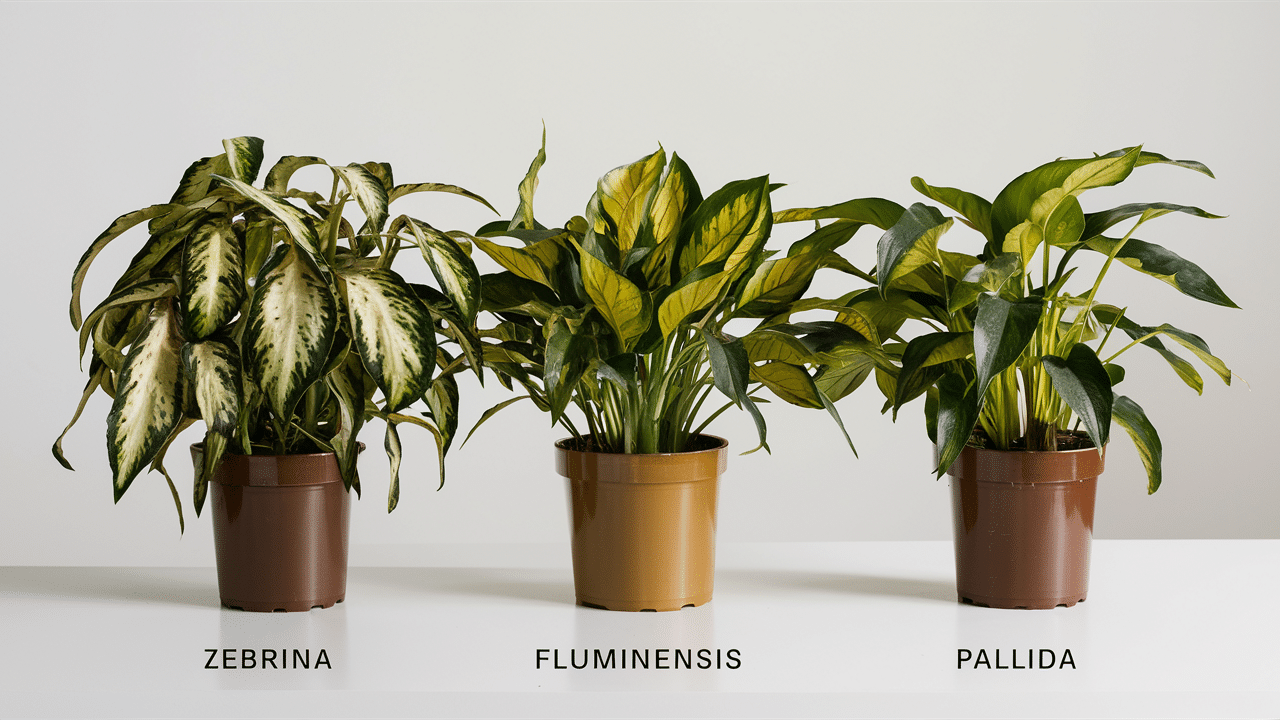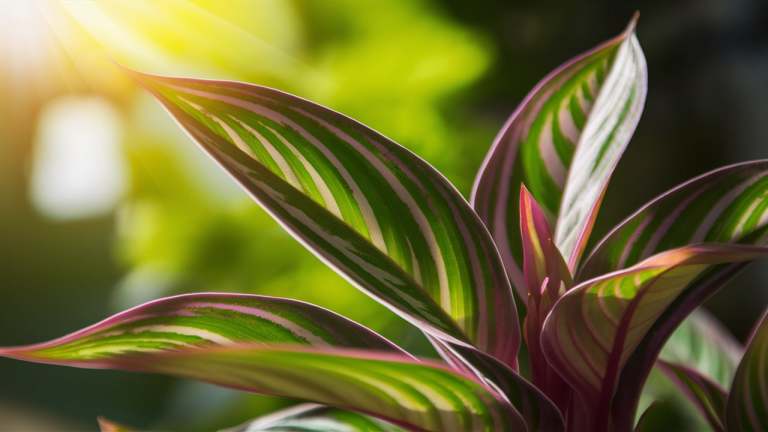Have you ever wondered about the origin of the Wandering Jew plant’s name and why it’s changing? You’re not alone. In this article, I’ll explain everything about this popular houseplant with the striking purple-striped leaves that grows almost anywhere.
I’ve grown these plants for years and will share:
- The history behind the Wandering Jew plant name
- Why are many plant lovers using new names
- Better alternatives to use instead
- How to grow these beautiful plants
As someone who once felt unsure about what to call my plant, I understand your confusion. Many gardeners and plant shops are also making this name change.
By the end of this article, you’ll understand the history of the name and its significance. You’ll also learn about the alternatives available and how to care for your plant properly.
Meet the Wandering Jew Plant

The plant commonly called Wandering Jew is a tough little beauty with a big personality. It’s known for its striking purple and green striped leaves and its ease of growth.
I’ve had mine for years now. These plants can:
- Survive with minimal care
- Grow in water or soil
- Trail beautifully from hanging baskets
- Come in various colors (purple, green, pink, and white)
Most plants with this name belong to the Tradescantia genus in the Commelinaceae family. The most common varieties are Tradescantia zebrina, fluminensis, and pallida. They’re so easy to grow that even I—a person who once killed a cactus—can keep them alive!
The Origins of the Wandering Jew Plant
The scientific name Tradescantia honors John Tradescant, an English naturalist. But its common name, “Wandering Jew”, comes from an old European legend.
This name links to a medieval story about a Jewish man who was said to have taunted Jesus and was then cursed to wander the earth until the Second Coming. The plant got this name because of how it spreads and “wanders” across spaces, putting down roots wherever its stems touch soil.
I learned this history after owning the plant for years. The connection between the plant’s spreading habit and this centuries-old legend surprised me and made me think about the words we use without knowing their full meaning.
Why the Name Matters
Words have power. The Wandering Jew plant name links to a story that has been used to spread harmful ideas about Jewish people throughout history. This legend was often used to justify the mistreatment of Jewish communities in Europe.
When I first learned this connection, I felt uncomfortable using the traditional name. Many plant enthusiasts share the same sentiment. A plant name should focus on the plant’s features, not tie to harmful stereotypes about any group of people.
This isn’t about being “too sensitive.” It’s about understanding history and being thoughtful with our words. Many Jewish people have spoken about how this name makes them feel unwelcome in plant communities.
Wandering Jew Plant Name in Today’s Culture

Today, many plant experts and growers are moving away from the name “Wandering Jew” toward alternatives. I’ve witnessed this change occur over the past few years in plant shops and online.
Social media has helped spread awareness. Plant communities on Instagram and TikTok frequently discuss the history of the name and why changing it is important. Hashtags like #tradescantia and #inchplant are replacing the old name.
I’ve seen how quickly people adapt when they learn about the name’s background. Most people want to discuss their plants in a way that makes everyone feel welcome in the plant community.
Modern Alternatives to the Wandering Jew Plant Name
There are many better names for this lovely plant that don’t carry historical baggage:
- Tradescantia (the scientific name)
- Inch plant (because it can grow an inch a week)
- Spiderwort (for certain varieties)
- Wandering dude (a playful alternative)
- Wandering plant
- Tradescantia zebrina (for the purple-striped variety specifically)
I now call mine Tradescantia or inch plant. These names describe the plant’s characteristics or growth habits rather than referencing a problematic legend. Using the scientific name is always a safe and accurate choice.
Retailers Are Catching On
Big plant sellers are changing too. I noticed this shift when I visited my local garden center last month. All their plants were labeled as “Tradescantia” or “Inch Plant.”
Many online shops have also updated their listings. This change helps normalize better names and makes plant shopping more welcoming for everyone.
It’s not just small specialty shops making this change. Major retailers have also updated their labels and websites.
How to Grow and Care for Tradescantia
These plants are perfect for beginners like I once was. Here’s how I care for mine:
- Light: Bright indirect light works best. Mine sits near an east-facing window.
- Water: Let the top inch of soil dry out between waterings. I water mine about once a week.
- Soil: Any good potting mix will do. They’re not picky!
- Propagation: This is the fun part! Just cut a piece and put it in water. Roots will appear in days!
- Problems: Watch for brown tips (indicating a need for more humidity) or pale leaves (indicating a need for more light).
Talking About the Wandering Jew Plant with Thoughtfulness
I believe how we talk about plants matters. When discussing what was traditionally called the Wandering Jew plant, using updated names shows respect for both the plant and all people who might grow it.
When someone uses the traditional name, I gently share what I’ve learned about its history and the alternatives available. Most people appreciate knowing that better options exist and why the change matters.
Language evolves, and plant names are no exception. Many common plant names have evolved throughout history as our understanding of them has increased. Being open to these changes has made me a better plant parent and more thoughtful community member.
Conclusion
The plant traditionally known as Wandering Jew brings color and life to any space with minimal effort. Names matter because they shape how we think and talk about the world around us. By understanding the history behind the Wandering Jew plant name and choosing alternatives like Tradescantia, inch plant, or spiderwort, we make the plant world more inclusive and welcoming for everyone.
I’ve watched my Tradescantia grow from tiny cuttings to trailing beauties that brighten my windows. Their resilience and beauty remain unchanged, regardless of what we call them.
Now you know the story behind the name, why many people are changing what they call it, and how to help your plant thrive. Whatever name you choose, enjoy growing this wonderful plant and sharing what you’ve learned with others!
Frequently Asked Questions
What’s the Difference Between Wandering Jew Plant Varieties?
There are three main types often called by this name: Tradescantia zebrina (striped leaves), Tradescantia fluminensis (green leaves), and Tradescantia pallida (purple leaves). Each has unique colors but similar care needs.
Is the Wandering Jew Plant Name Offensive to Everyone?
Not everyone finds the name problematic, but many plant lovers and Jewish people have expressed discomfort with it. Using alternative names is a simple way to show respect to those who may feel uncomfortable.
Why Do Online Searches Still Use the Wandering Jew Plant Name?
Many people still refer to the plant by its traditional name and search for it accordingly. Garden centers and websites often include both names to help people find what they’re looking for while transitioning to newer terms.
Does Changing the Plant’s Name Change How I Should Care for It?
Not at all! Whether you call it Wandering Jew, Tradescantia, or inch plant, it still needs the same bright indirect light, moderate watering, and occasional pruning to stay healthy and full.
Where Did the Wandering Jew Plant Originally Come From?
Most Tradescantia species called by this name are native to Mexico, Central America, and South America. They’re tropical plants that have become popular houseplants worldwide because they adapt well to indoor conditions.













